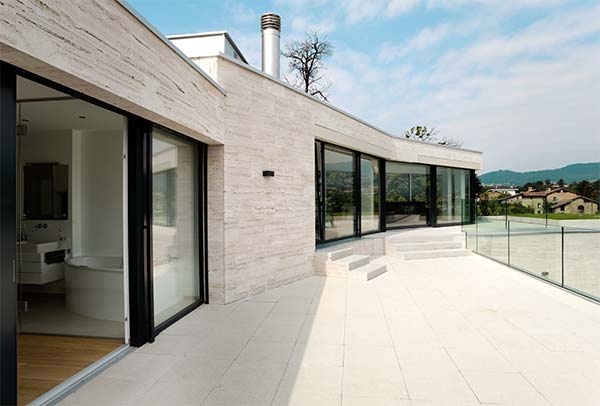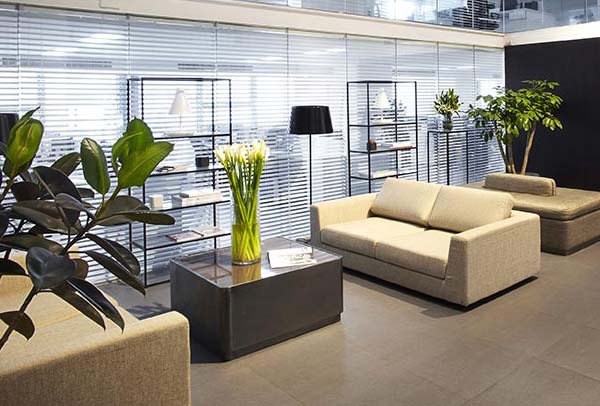
What Architects are Doing to Incorporate Solar Power into Their Designs
Solar power is rapidly increasing in popularity, and all sectors of society are doing what they can to accommodate it. The emergence of solar energy is inspiring individuals to change, and forcing industries to adapt. One of the industries which is truly being affected by the coming of solar power is the architecture industry.
To incorporate solar power into their designs, architects are employing truly innovative techniques and unique layouts. But before we discuss those techniques, let’s talk about some obstacles that architects face with the emergence of solar power.
Architects Face Several Obstacles with the Emergence of Solar Power
Keeping architecture aesthetically-pleasing
A large part of being an architect is designing structures which are not only structurally sound, but pleasant or interesting to look at. While solar PV panels are undeniably useful, they aren’t exactly the most attractive objects on earth.
Architects are now tasked with correctly incorporating these less-than-beautiful PV panels into their designs without stifling the positive aesthetic of the structure overall. This is far from a simple task, regardless of the architect.
Figuring optimal sun exposure
Perhaps the greatest technical obstacle an architect runs into when trying to incorporate solar power panels into a design is placing the solar panels so that they receiver optimal exposure to the sun. If a structure is going to make regular use of solar energy, the energy of the sun must be harnessed as much as technologically possible.
This means that architects are being forced to learn the technical intricacies of solar panels and how they work. To adapt to the emergence of solar energy, architects are being required to take on more knowledge and responsibilities.
Maintaining structural integrity
The third, and arguably most important obstacle that architects must overcome when incorporating solar power is maintaining the structural integrity of their designs while using solar power panels.
The last thing an architect wants to do is to install solar power at the expense of a building’s strength and stability. A weak structure is an unsafe structure.
Innovations in Harnessing Solar Power
Solar walls
While solar power panels have traditionally been used on the roofs of buildings, architects are now starting to use them on the exterior walls of buildings. This is especially true in cases where a historic building is being restored and the architects would like to preserve its iconic roof.
Many architects have used solar panels as part of a wall’s aesthetic, tying them into the design of the wall without trying to camouflage them in any way. This allows the architects to harness solar energy, but maintain a positive aesthetic.
Solar glass
One of the ways that architects are incorporating solar power without sacrificing anything in the way of aesthetics is by using solar glass. Solar glass comes in many different colors and is just as transparent as typical glass.
To create solar glass, manufacturers use thin strips of transparent solar cells. It’s just as tough as run of the mill glass, and is a good resource for architects to use in order to add both beauty and solar energy capabilities to a structure. Most importantly, it’s structurally sound.
Solar roofing
While it’s not yet fully formed, there have been rumblings about the idea of solar roofing. As of now, solar panels must be placed on top of a roof in order to garner energy from the sun. But solar roofing will, itself, garner energy from the sun. Unlike with solar panels, solar roofing will possess an aesthetic design which does little to take away from a structure’s overall beauty and aesthetic.
So, what does it all mean?
Solar power has just recently started to see its popularity skyrocket, and yet, it’s already being uniquely incorporated into sophisticated architecture. Cutting edge technology companies have created a variety of solar-capable materials which can be put to excellent use by architects.
As time goes by, and as the use of solar energy becomes more and more accepted in society, more and more technologically-advanced construction materials will be created, providing architects with more design options than ever. Architects are already showing what they can do to incorporate solar energy in their designs. This is only the very beginning.







No Comments